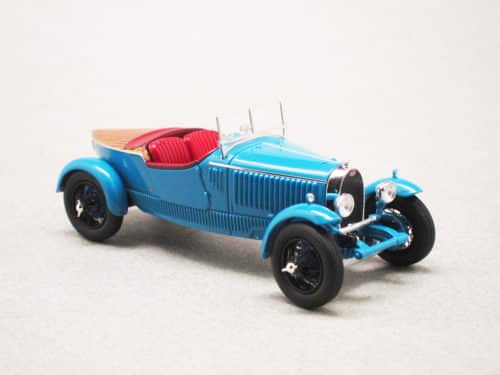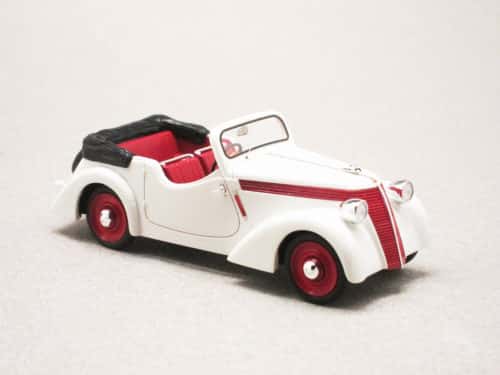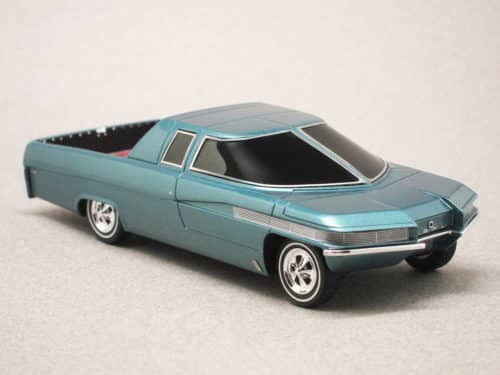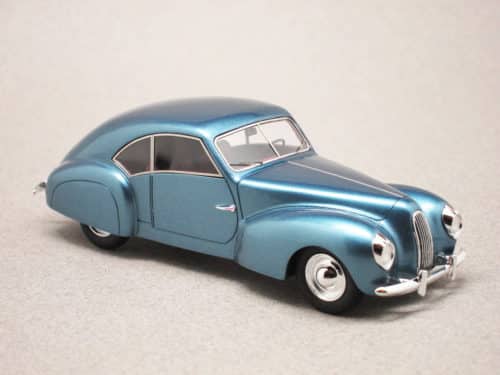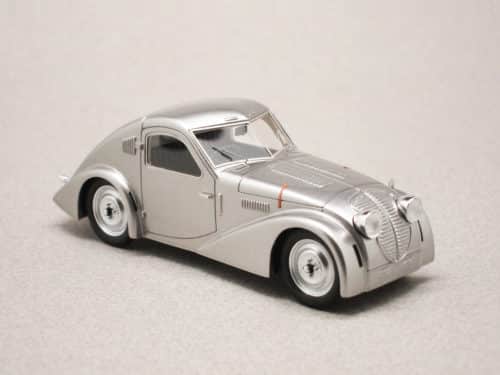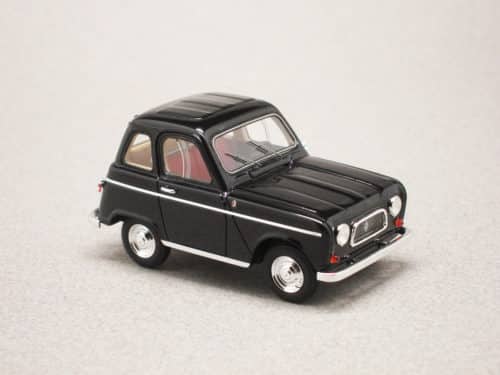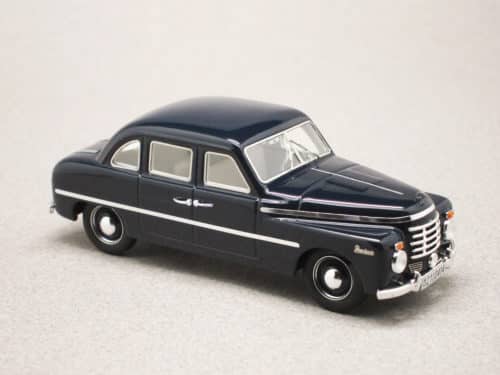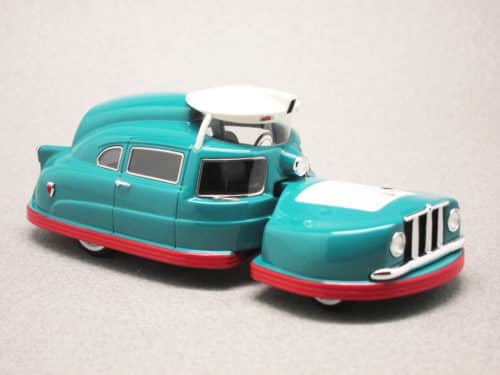Categories
- Uncategorized
- Brands
- Aspark
- Abarth
- AC
- ACMAT
- Acura
- Adler
- AEC
- Aero
- Aero Flite
- Aerocar
- AGF Serval
- Airstream
- Aiways
- Alamagny
- ALCA
- Aleko
- Alfa Romeo
- Allard
- Alpina
- Alpine
- Alvis
- AMC
- AMG
- Amilcar
- Amphicar
- Anadol
- Armstrong Siddeley
- Arnolt
- ARO
- Artz
- Aston Martin
- Auburn
- Audi
- Aurus
- Austin
- Austin-Healey
- Auto-Union
- Autobianchi
- Avia
- AWZ
- Babich
- Barkas
- Barnard
- BB
- Bedford
- Bentley
- Berkeley
- Berliet
- Bertone
- Beutler
- Bianco
- Bitter
- Bizzarrini
- BMW
- Borgward
- Bosley
- Brabus
- Brasier
- Brasinca
- Bristol
- Brütsch
- Buckle
- Bugatti
- Bugre
- Buick
- Burney
- Büssing
- Cadillac
- Caterham
- CG
- Chausson
- Checker
- Chenard & Walcker
- Chevrolet
- Chevrolet Corvette
- Chrysler
- Cisitalia
- Citeria
- Citroën in 1:18 scale
- Citroën in 1:43 scale
- Commer
- Cord
- Costin Nathan
- Covington
- Cuningham
- Dacia
- DAF
- Daihatsu
- Daimler
- Dangel
- Datsun
- DB
- De Lorean
- De Tomaso
- Delage
- Delahaye
- Denzel
- DeSoto
- Devon
- Diamond Reo
- Diamond T
- Dixi
- DKW
- Dodge
- Dome
- Donkervoort
- DS
- Dual-Ghia
- Dubonnet
- Duesenberg
- Edsel
- EMW
- Enzmann
- Excalibur
- Facel Vega
- Ferrari-en
- Fiat
- Fleetwood Enterprises
- Ford
- Freightliner
- Friedrich Rometsch
- FSO
- Fuji
- Fuso
- GAC Motor
- Gatso
- GAZ
- Ghia
- Gillet
- Ginetta
- Glas
- Glasspar
- GM
- GMC
- Goggomobil
- Goliath
- Gomolzig
- Gordon
- Gordon-Keeble
- Graham-Paige
- Gumpert
- Gutbrod
- Hanomag
- Hansa
- Hénon
- Henry J
- Henschel
- Hewson
- Hillman
- Hispano-Suiza
- Holden
- Hommell
- Honda
- Hong Qi
- Horch
- Hotchkiss
- Hudson
- Humber
- Hummer
- Hunt
- Hymer
- Hyundai
- IFA
- Ikarus
- Imperial
- IMZ
- Infiniti
- Innocenti
- Intermeccanica
- International
- Invicta
- Irisbus
- Irmscher
- Isdera
- Iso
- Isotta Fraschini
- Isuzu
- Iveco
- Jaguar
- Jamos
- Jeep
- Jensen
- Jowett
- Kahlbacher
- Kaiser
- Kalmar
- Kamaz
- Kamm
- Kenworth
- KIA
- KIM
- Koenigsegg
- Kohlruss
- KrAZ
- Krupp
- KTM
- Kurtis
- Lada
- Lagonda
- Lamborghini
- Lancia
- Land Rover
- Lanz
- LaSalle
- Laurin & Klement
- Lea-Francis
- Leichtbau
- Leningrad
- Lexus
- Leyat
- Lightburn
- Ligier
- Lincoln
- Lloyd
- LMX Sirex
- Lotus
- LTI
- LuAZ
- Lynx
- Lysell
- Mack
- Magirus
- Maico
- MAN
- Manic
- Manta Ray
- Marathon
- Marussia
- Maserati
- Mathis
- Matra
- Matra-Simca
- Maybach
- Mazda
- McLaren
- McQuay-Norris
- Melkus
- Mercedes in 1:18 scale
- Mercedes in 1:43 scale
- Mercer
- Mercury
- Messerschmitt
- MG
- Mikrus
- Mini
- Mismaque
- Mitsubishi
- Mitsuoka
- Mohs Motor Car
- MOL
- Monica
- Monteverdi
- Moretti
- Morgan
- Morris
- Moskvich
- Multicar
- Murena Motors
- Nardi
- Nash
- Neckar
- Neoplan
- Nissan
- Norman Timbs
- NSU
- Oldsmobile
- Oltcit
- OM
- Opel
- OSCA
- Packard
- Pagani
- Panhard
- Panther
- Peerless
- Pegaso
- Persu
- Peterbilt 352 H (IXO) 1:43
- Petermax Müller
- Peugeot in 1:18 scale
- Peugeot in 1:43 scale
- Phänomen
- Phantom
- Piaggio
- Pierce-Arrow
- Pininfarina
- Playboy
- Plymouth
- Polestar
- Polski-Fiat
- Pontiac
- Porsche in 1:18 scale
- Porsche in 1:43 scale
- Porsche in 1:87 scale
- Praga
- Puma
- Rambler
- Ramses
- Rapid
- Reliant
- Renault in 1:18 scale
- Renault in 1:43 scale
- Reyonnah
- Riley
- Robur
- Rochet – Schneider
- Rolls-Royce
- Rosengart
- Rover
- RUF
- Ruhrfahrzeugbau
- Saab
- Sabra
- Sachsenring
- Salmson
- Saurer
- Saviem
- SC Johnson Wax
- Scania
- Schlörwagen
- Scion
- Seagrave
- Seat
- Setra
- SFM
- Shanghai
- Shelby
- Shelter
- Siata
- Simca
- Simson
- Singer
- Sinpar
- Skoda
- Smart
- Smeal
- SMZ
- Spyker
- Steyr-Puch
- Stout
- Stratos
- Studebaker
- Stutz
- Subaru
- Sud-Aviation
- Sunbeam
- Suzuki
- Syrena
- Talbot
- Tarpan
- Tata
- Tatra
- Tesla
- Thunderbolt
- Thurner
- Toyopet
- Toyota
- Trabant
- Triumph
- Triver
- Troll
- Tucker
- TVR
- Uaz
- UNIC
- Unimog
- Vanden Plas
- Vauxhall
- Vector
- Velam
- Vemac
- Venturi
- Veritas
- Voisin
- Volkswagen
- Volugrafo
- Volvo
- Walter
- Wanderer
- Ward LaFrance
- Warszawa
- Wartburg
- White Company
- Wiesmann
- Wikov
- Willème
- Willys
- Wolseley
- Yamaha
- Yugo
- Zagato
- Zastava
- Zaz
- Zil
- ZIS
- Zündapp
- Zunder
- Cars
- Commercial vehicles
- Competition
- Advertising vehicles
- Concept cars
- Fire and Rescue
- Police cars
- Ambulances/Hearses
- JAPAN IMPORTS
- Buses
- Movies and TV series
- 1:18 SCALE SELECTION
- 1:64 scale selection
- 1:87 scale selection
- Tour de France
- Campers
- Helicopters
- Accessories
- All Citroën 2CVs!
- Manufacturer news
- Minicarweb selection
- Gift wrapping
- FLASH SALES
Manufacturers
Sales !
Useful information
Newsletter
Tags
Tags
Autocult
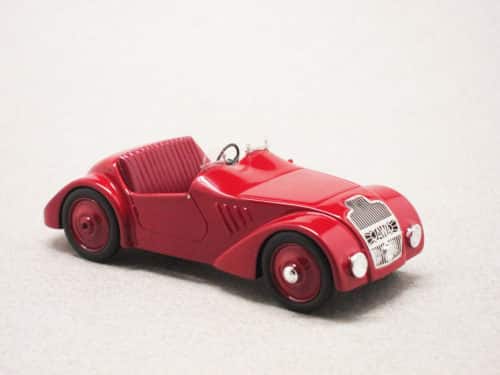
Out of stock
Jawa 750 Roadster 1935 (Autocult) 1:43
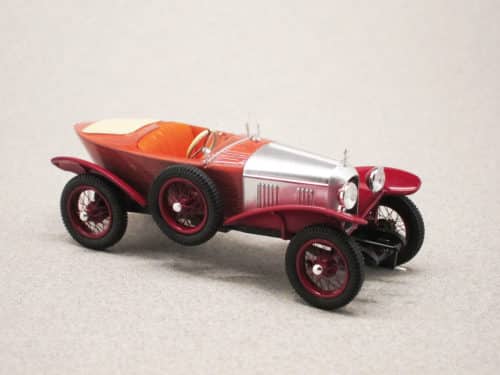
Out of stock
Amilcar CGS3 Skiff 1925 (Autocult) 1:43
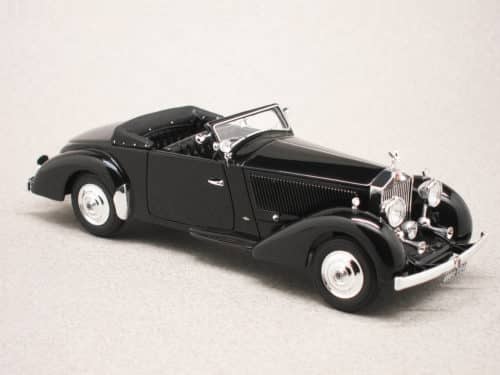
Rolls-Royce Phantom II Binder (Autocult) 1:43
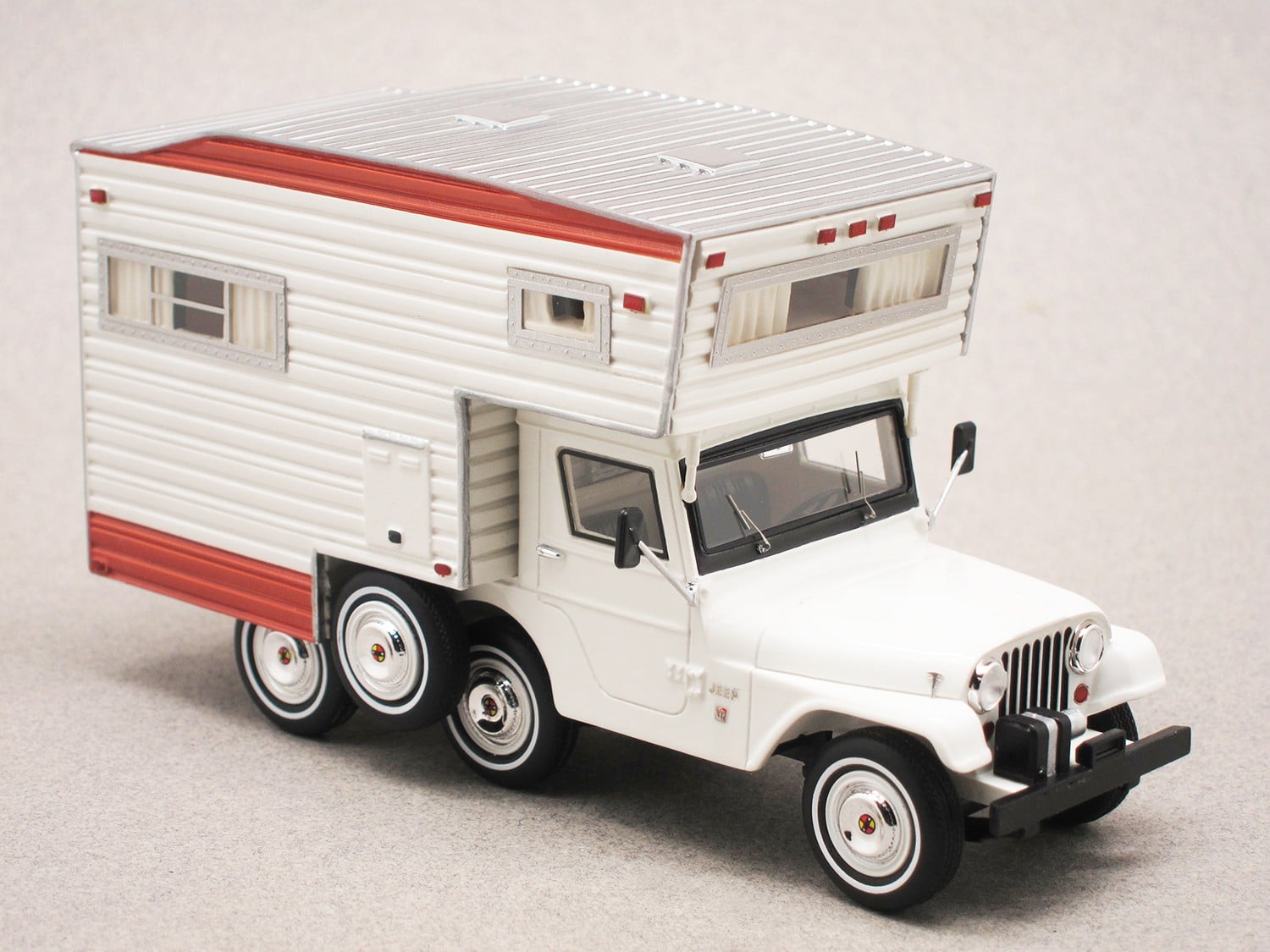
In stock
Jeep CJ-5 Universal Camper (Autocult) 1:43
Issue de la Willys utilisée par l’armée américaine pendant la seconde guerre mondiale, la Jeep CJ (“civilian Jeep”) débute en 1944. La CJ-5 succède à la CJ-3B en 1954 sans qu’il n’y ait jamais eu de CJ-4. En 1969, l’Américain Charles Prater lui greffe une remorque faisant office de camping-car, qui sera ensuite produite par Jeep, pendant quelques mois. 336 exemplaires en seront fabriqués.

In stock
Bugatti Type 68 coupe (Autocult) 1:43
À partir de 1939, Bugatti planche sur une mini-voiture, élaborée autour d’un moteur, le Type 68, un 4 cylindres 330 cm³ à 16 soupapes et compresseur qui passera ensuite à 370 cm³ en 8 soupapes. Il équipera un prototype de roadster, prévu d’être décliné en un coupé dont les lignes évoquent l’Atlantic. Celui-ci, reproduit ici, ne sera réalisé que plus tard à partir des dessins de l’époque.

In stock
Ford V8 Berlin-Rom Stromlinie (Autocult)
This prototype, manufactured in 1937, was to take part in the Berlin-Rome race scheduled for September 26, 1938. The driver Gerhard Macher had this aerodynamic-bodied model prepared by Ford. The race was cancelled a week before the start and the car disappeared during the war. Only a few vintage photos bear witness to its existence today.
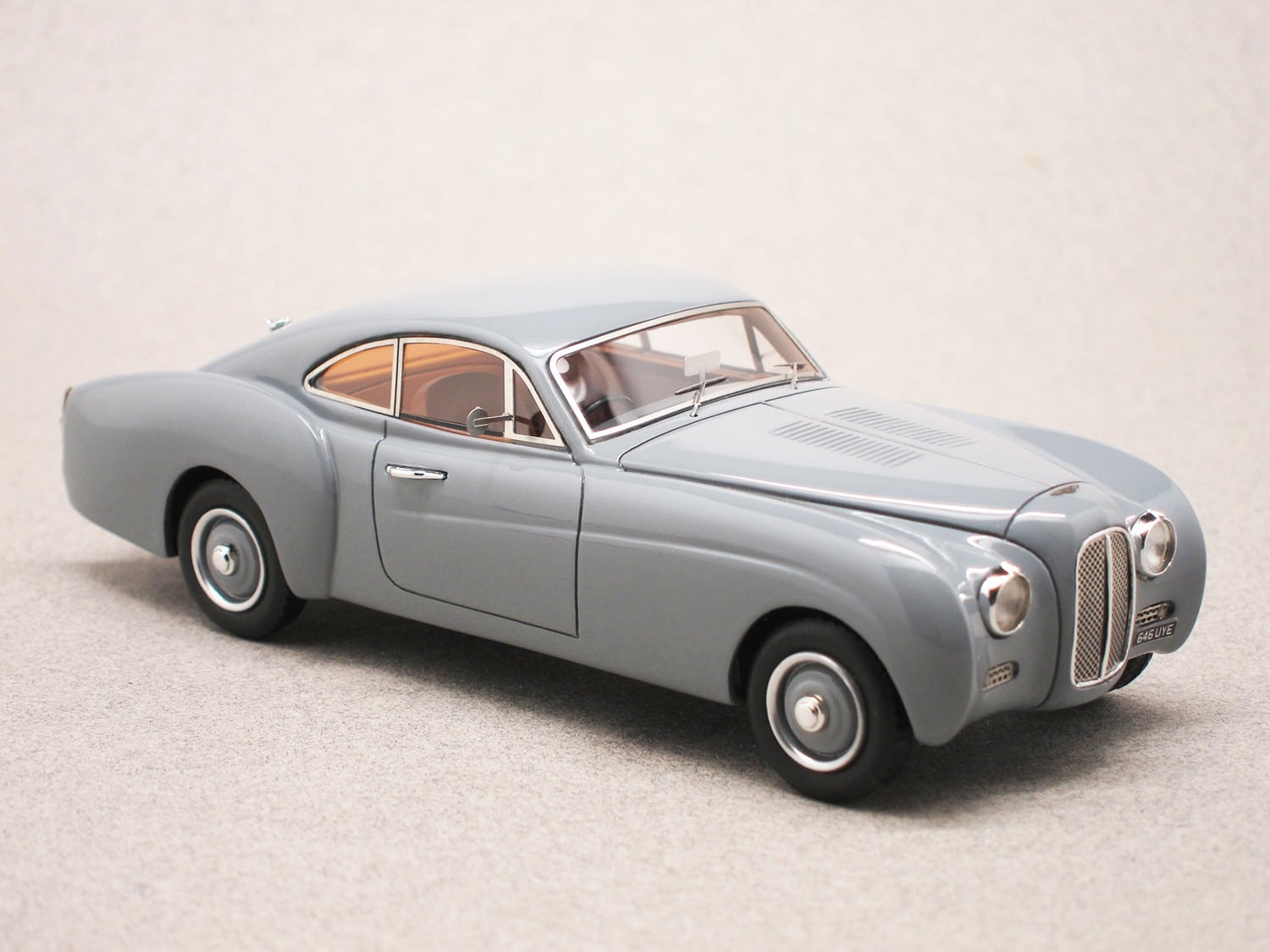
In stock
Bentley Type R La Sarthe (Autocult) 1:43
Parmi les nombreuses Continental, la Type R constitue un morceau de choix avec sa très élégante ligne fastback. 208 exemplaires en seront fabriqués entre 1952 et 1955, dont 43 avec le volant à gauche. il s’agit ici d’une version datée de 1953, à volant à droite, dans une version appelée La Sarthe reconditionnée à partir d’un modèle d’origine par la société anglaise Bensport LTD.
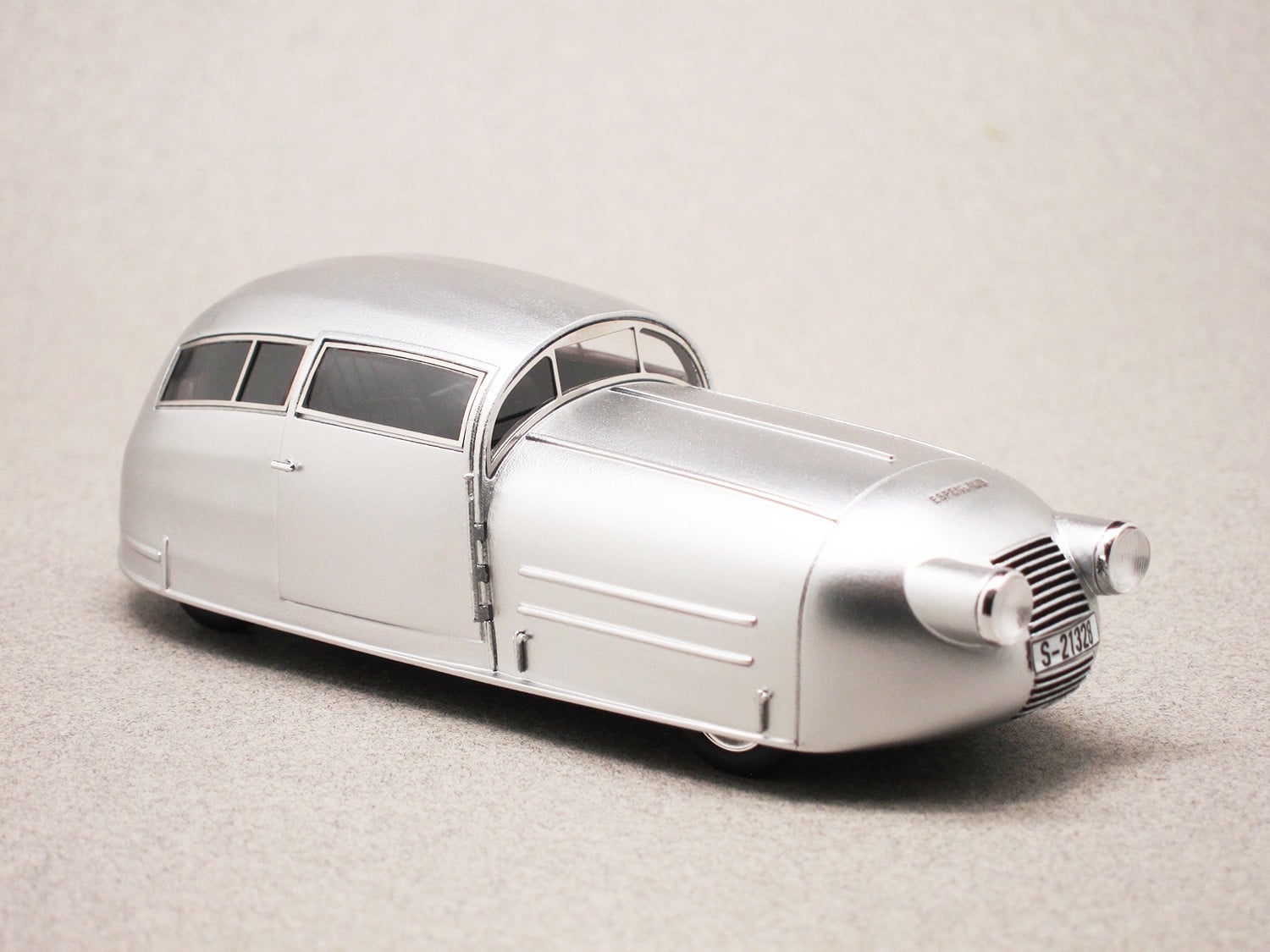
In stock
Espenlaub Wanderer 1928 (Autocult) 1:43
Gottlob Espenlaub designed this machine in Germany in 1928. He had designed a glider at the age of 20, in 1920, becoming fairly famous in the world of aeronautics. Then he tried to transfer his knowledge to cars, using a Wanderer model and designing a body inspired by aviation and airships. The body was wide so that the fully integrated wheels could turn...
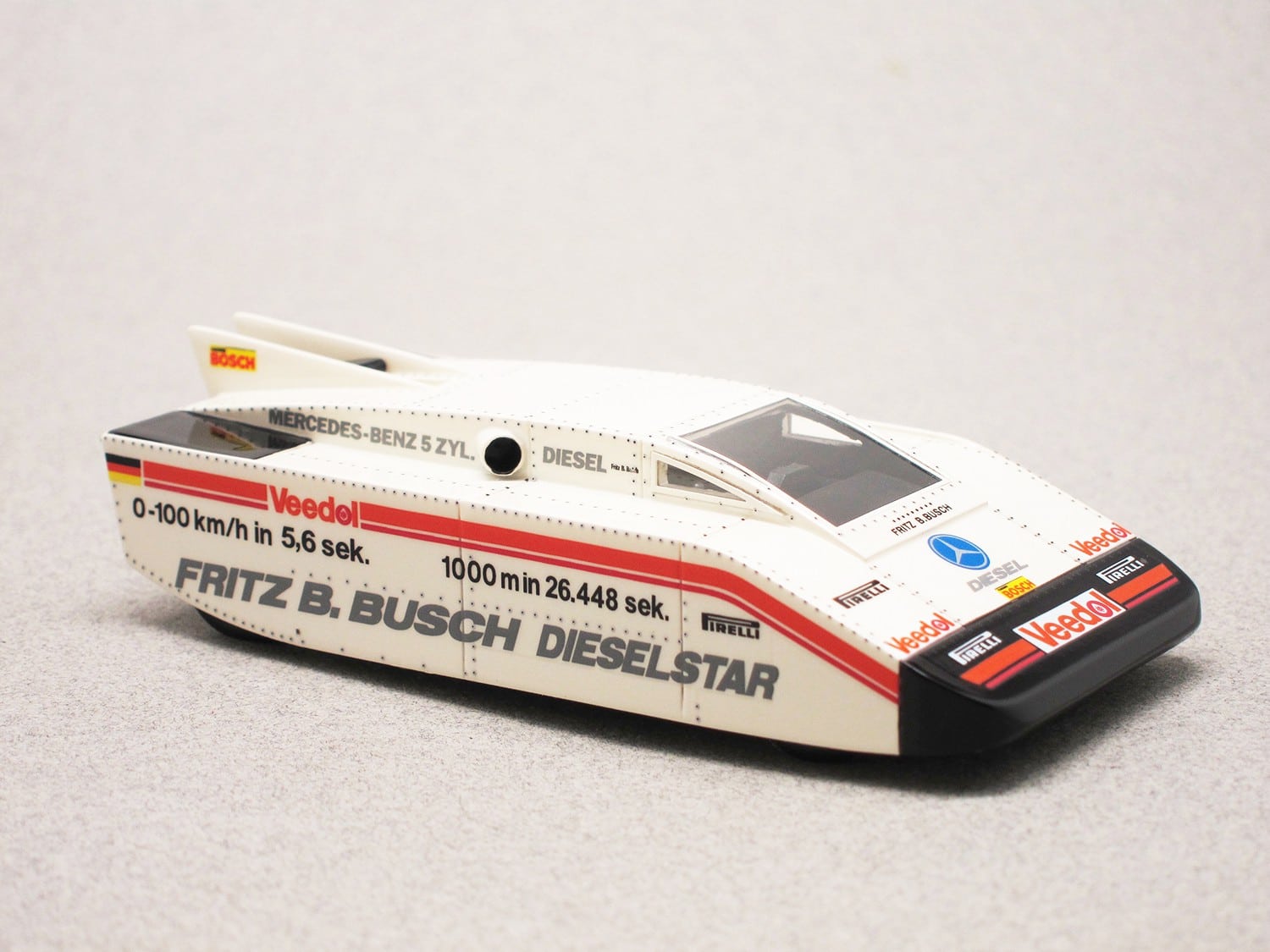
In stock
Mercedes Dieselstar 1975 (Autocult) 1:43
Fritz B. Busch, a German journalist, designed this prototype in 1975, aiming at breaking records for a diesel vehicle. Based on a Formula 2 chassis, this car borrowed its 5-cylinder from the Mercedes-Benz 240 D 3.0 (W115). Thanks to a turbo, its power was boosted from 80 to 187 hp. Its speed could increase from 0 to 100 kph in 5.6 seconds, with a maximum speed of 253.7 kph.

